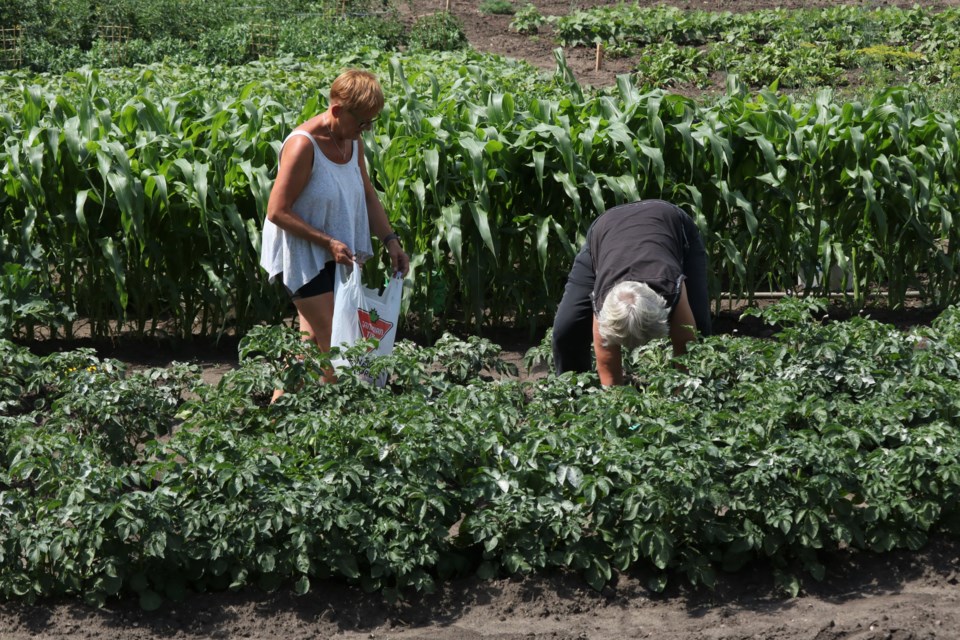YORKTON - The next Yorkton and District Horticultural Society meeting was Wednesday, May 15 at 7PM at the Yorkton Public Library.
Our guest speaker was Nancy Bird speaking on Natural Dyes from Plants.
Visit www.yorktonhort.ca for full details.
What’s the dirt on the best way to have a good garden? Start from the ground up! In spring, we get so caught up in the excitement of planting that we forget about the importance of planning, and before any seeds go into the ground, that is what we should be doing.
We need to consider the soil in our garden. Soil is alive. It requires air, it requires water, and it requires replenishing to make it productive for our needs.
You will notice that I am calling it “soil”. I’m sure we have all heard folks refer to it as ‘dirt’, which makes me want to say, “it’s soil, not dirt.” The word ‘dirt’ makes it sound like it is useless and unimportant and not worth considering. But since it is the matter that grows our food and our crops, it definitely is important and deserves the name “soil”.
Soil is alive in that it holds millions of living organisms in every handful. I saw a lovely handout for children about soil, and it said that “There are more living things in a lump of healthy soil the size of your big toe than there are people on Earth right now… over 7 billion of them!”
So in the spring, it’s important to consider how we can help our soil be all that it can be to make it most productive. Our first task is the clear the garden of twigs and leaves that have blown in since last fall. There may also be some weeds coming up, so let’s get rid of those, too!
Now we have our blank canvas for our garden. Some gardeners may want to use a soil test kit. Soil test kits tell us about the nutrients that our garden soil has or doesn’t have. It will tell us if our soil is acidic (PH level should be around 6.5) , neutral or alkaline. Soil test kits can usually be purchased at garden centres.
But, some gardeners may bypass this step and just go to ‘back to basics’ soil improvement like adding compost or manure or both. Manure helps to improve soil texture, and also increases it’s ability to contain water. I have read that manure is not technically a ‘fertilizer’ although it has some of the fertilizer properties: it does contain nutrients because of what it is: organic matter. Likewise with adding compost, which is organic matter that has decomposed to the point where it is like very rich soil.
Peat moss may also be added to heavy soil, and it will help aerate the soil as well as retain moisture. Care is required though not to add too much so that the water stays in the soil rather than evaporate quickly.
Adding sand to soil will also improve air flow in the soil, as well as improve drainage. But this ‘plus’ is also a ‘minus’ because it will make the soil dry out quickly. I read an article from the University of Saskatchewan (gardening.usask.ca) that said, “The danger of adding sand—especially in small amounts—is that large sand particles mixed with tiny clay particles will result in a concrete-like mixture.” Organic material works better to improve soil.
So we should remember that soil is a complex part of our garden, and the health of the soil determines the success of our plants. It is always a good idea to replenish soil. Like us, it needs to be fed to do it’s best!
Thank you to our friends at YTW for their fine work! Visit the hort society at www.yorktonhort.ca, and have a great week! And mark this date, June 7 for our Plant Sale!






